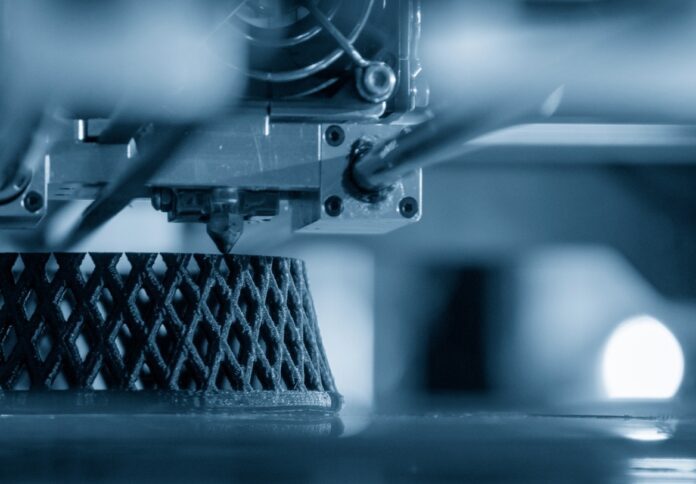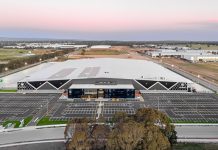
It is undeniable that 2023 has been a transformative year for the Australian manufacturing sector as it navigates through numerous challenges throughout the year.
This year, the industrial landscape saw many ups and downs and witnessed evolving technologies, stronger sustainability imperatives, and a greater demand for resilience.
As we step into 2024, it’s time to revisit the key trends that shaped the industry and explore how we can better prepare for the new year.
Trend #1: Revolutionising operations with Industry 4.0
2023 witnessed smart factories becoming the norm, not just in Australia but beyond, with the rise of real-time monitoring and agile operations on many shop floors.
Industry 4.0 technologies, like Internet of Things platforms, big data analytics and advanced algorithms, the digital twin, and 3D printing, continued redefining manufacturing processes throughout the year and show no signs of slowing down.
Australian manufacturers are also recognising the importance of upskilling their workforce in digital transformation and automation.
Trend #2: Sustainability takes centre stage
Manufacturers are increasingly embracing eco-friendly practices all over the globe. In doing so, they are not only reducing their environmental footprint but also future-proofing their operations against continuously evolving regulations and consumer preferences.
This year, many Australian companies turned to digital and electrified technologies, from artificial intelligence to electric vehicles, to promote sustainability and combat the climate crisis.
A report released this year by Schneider Electric revealed that 82 per cent of businesses in the country believe that the advantages of adopting sustainable technology far outweigh the associated costs.
In an era where environmental consciousness is crucial, sustainability is in the spotlight for many Australian companies as a key element in driving the industry towards a more eco-friendly and resilient future.
Trend #3: Reshoring and onshoring manufacturing
Supply chain disruptions and geopolitical uncertainties continue to plague the global industrial landscape, making it more crucial for Australia to revive manufacturing and claim its position by reshoring and onshoring operations.
In 2022, the Australian government introduced a $15 billion landmark bill that would support, diversify, and transform Australia’s industry and economy and position the nation as a country that manufactures.
The National Reconstruction Fund (NRF) was welcomed by business leaders across all industries in the country, with the local manufacturing sector in particular set to receive a major boost from the funding.
Marie Kinsella, CEO of International Exhibition & Conference Group, said the investment will help cement Australia’s position as a world leader in innovation and manufacturing.
The NRF board held its inaugural meeting in September, officially launching the corporation that will help enhance Australia’s local manufacturing prowess.
Trend #4 Upskilling
Among many trends that redefined the industry this year, upskilling has emerged as one of the most vital catalysts for growth and innovation. With the rise of Industry 4.0, the need for a new paradigm that prioritises upskilling and re-skilling workers has never been more important.
This year, the federal government rolled out the Artificial Intelligence Adopt Program, a new initiative that would help Australian businesses integrate artificial intelligence safely into their workplaces.
Through the program, the government aims to create a network of industry-specific centres that will highlight the innovative capabilities AI can bring and provide specialist training to help develop skills to manage AI.
It has been proven time and time again that upskilling efforts not only empower individual workers but also propel the entire industrial sector towards a future defined by innovation, sustainability, and resilience.
The Australian manufacturing industry has been fortified by many challenges and innovations in 2023. As we enter the year ahead, it is important to remember that change is the only thing that is constant and will always be present every step of the way. Thus, embracing the transformative forces that defined 2023 may hold the key to staying competitive in this industry.
While this list offers a brief glimpse into some of the trends we have observed this year, it only scratches the surface of the changes that occurred. As always, please feel free to share your insights or news from your manufacturing business with the team at Australian Manufacturing.



















